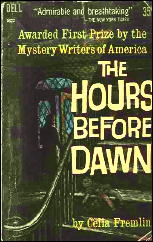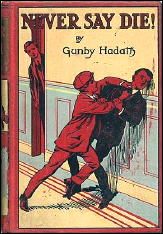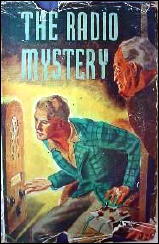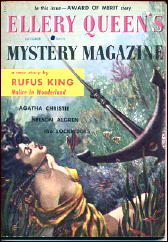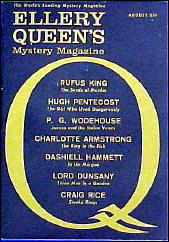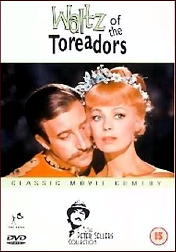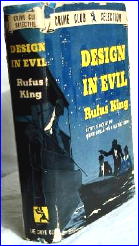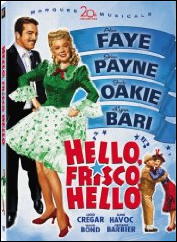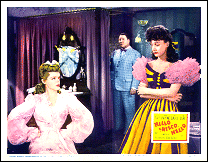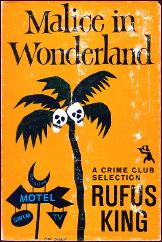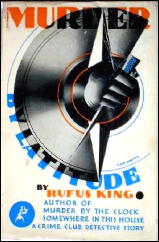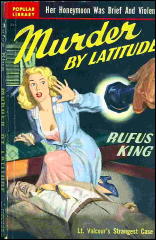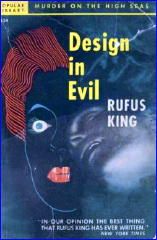Tue 8 Sep 2009
You can’t go wrong with any of these. One of them, in fact is among my top five favorite movies of all time, The Narrow Margin. If you haven’t seen it, don’t miss it if at all possible.
6:00 AM They Live by Night (1949)
After an unjust prison sentence, a young innocent gets mixed-up with hardened criminals and a violent escape. Cast: Farley Granger, Cathy O’Donnell, Howard da Silva. Dir: Nicholas Ray. BW-96 mins, TV-PG, CC
7:45 AM Mystery Street (1950)
Criminal pathologists try to crack a case with nothing but the victim’s bones to go on. Cast: Ricardo Montalban, Sally Forrest, Elsa Lanchester. Dir: John Sturges. BW-93 mins, TV-PG, CC
9:30 AM Tension (1950)
A man who had planned to murder his wife’s lover becomes the prime suspect when somebody beats him to it. Cast: Richard Basehart, Audrey Totter, Barry Sullivan. Dir: John Berry. BW-91 mins, TV-PG, CC
11:15 AM Dial 1119 (1950)
A killer holds the customers at a bar hostage. Cast: Marshall Thompson, Virginia Field, Sam Levene. Dir: Gerald Mayer. BW-75 mins, TV-G
12:45 PM Cause For Alarm (1951)
A woman fights to intercept a letter in which her husband tries to prove her guilty of murder. Cast: Loretta Young, Barry Sullivan, Bruce Cowling. Dir: Tay Garnett. BW-74 mins, TV-PG, CC
2:00 PM No Questions Asked (1951)
A young lawyer’s primrose path to success gets him framed for murder. Cast: Barry Sullivan, George Murphy, Arlene Dahl. Dir: Harold F. Kress. BW-81 mins, TV-PG
3:30 PM Narrow Margin, The (1952)
A tough cop meets his match when he has to guard a gangster’s moll on a tense train ride. Cast: Charles McGraw, Marie Windsor, Jacqueline White. Dir: Richard Fleischer. BW-72 mins, TV-PG, CC
4:45 PM While The City Sleeps (1956)
Reporters compete to catch a serial killer. Cast: Dana Andrews, Ida Lupino, Vincent Price. Dir: Fritz Lang. BW-100 mins, TV-PG, CC
6:30 PM Nowhere To Go (1958)
A burglar on the run holes up with an innocent English girl. Cast: George Nader, Maggie Smith, Bernard Lee. Dir: Seth Holt. BW-87 mins, TV-G, Letterbox Format
8:00 PM Here Comes Mr. Jordan (1941)
A prizefighter who died before his time is reincarnated as a tycoon with a murderous wife. Cast: Robert Montgomery, Evelyn Keyes, Claude Rains. Dir: Alexander Hall. BW-94 mins, TV-G, CC
9:45 PM Angel On My Shoulder (1946)
The Devil sends a murdered gangster to Earth as a respected judge. Cast: Paul Muni, Anne Baxter, Claude Rains. Dir: Archie Mayo. BW-101 mins, TV-PG, CC
